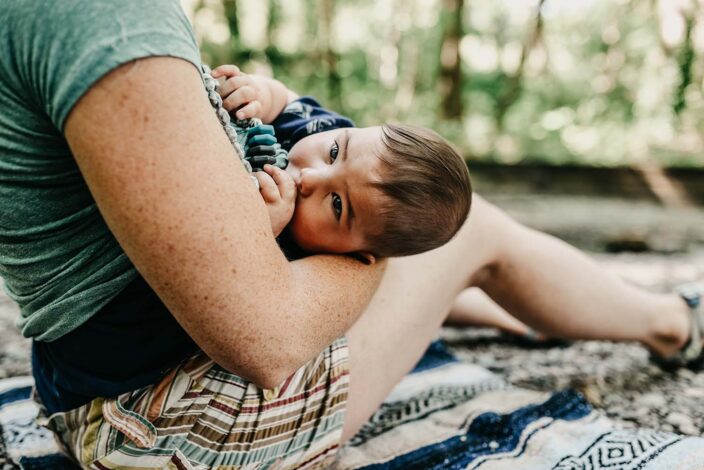Celebrate National Breastfeeding Month 2020 with These Tips and Virtual Events
- Blog Celebrate National Breastfeeding Month 2020 with These Tips and Virtual Events
On August 6, 2011, the United States Breastfeeding Committee officially declared that August is National Breastfeeding Month. Additionally, Native Breastfeeding Week is celebrated August 9-15 and Black Breastfeeding Week is celebrated August 25-31. This year, there will be virtual events and activities to support the build support for the policy and practice changes needed to build a "landscape of breastfeeding support."
Black Breastfeeding Week
The 2020 Black Breastfeeding Week theme is Revive, Restore, Reclaim! The focus is on elevating the voices of black families that have been traditionally overlooked to revolutionize Black breastfeeding in the United States. You can learn more, support and get involved here, and read Top Five Reasons We Need a Black Breastfeeding Week.
Native Breastfeeding Week
Native Breastfeeding Week is to highlight the Native breastfeeding experience in all forms through the visibility of personal testimonies, partner experiences, research, articles, barriers, and/or success. The community also hopes to address the inequity and injustice of Indigenous parents and their abilities to practice their roles in accordance with the tribal communities they descend from. Learn more, support and get involved here.
Getting Outside While Breastfeeding
Breastfeeding your baby doesn't have to stop you from enjoying the outdoor activities you love. We've rounded up some of our best articles on breastfeeding in the outdoors to inspire, motivate, and give every breastfeeding mama the confidence to get outside. 
How to Hike While Breastfeeding On Trail
To help you overcome some of the fears you might have about breastfeeding on trail, we’ve gathered some firsthand tips from our Hike it Baby families to help you breastfeed on the go trailside.
How to Prevent Clogged Ducts While on Trail
Clogged ducts can put a damper on your outdoor adventures if not cared for properly. Complete and regular removal of milk is the best solution, and there are other steps you can take on the trail.
4 Tips for Pumping on Trail
One mom's journey and what she learned for pumping on trail.
9 Tips for Soothing a Cranky Baby on the Trail
Review these tips from Hike it Baby families and how they have learned to soothe a cranky baby on the trail.
About Hike it Baby
Related Content




Comments